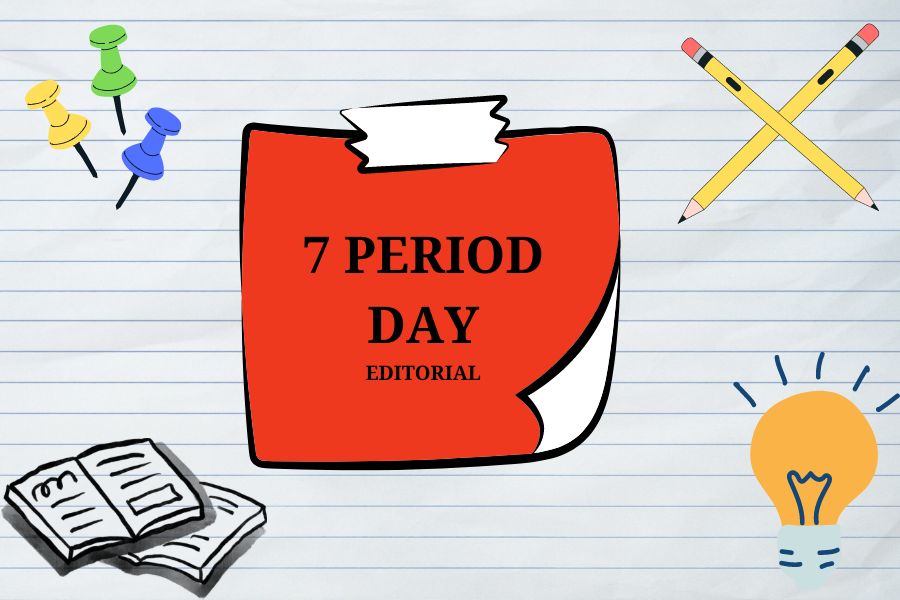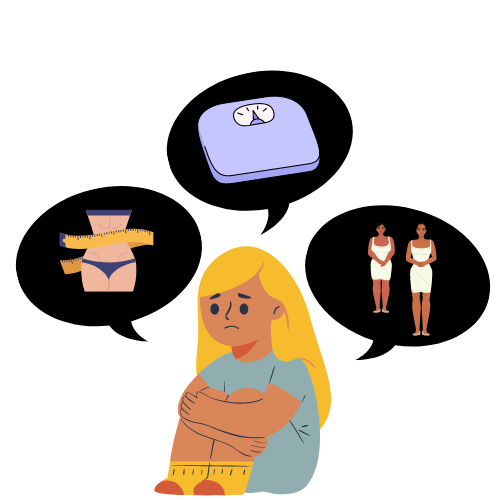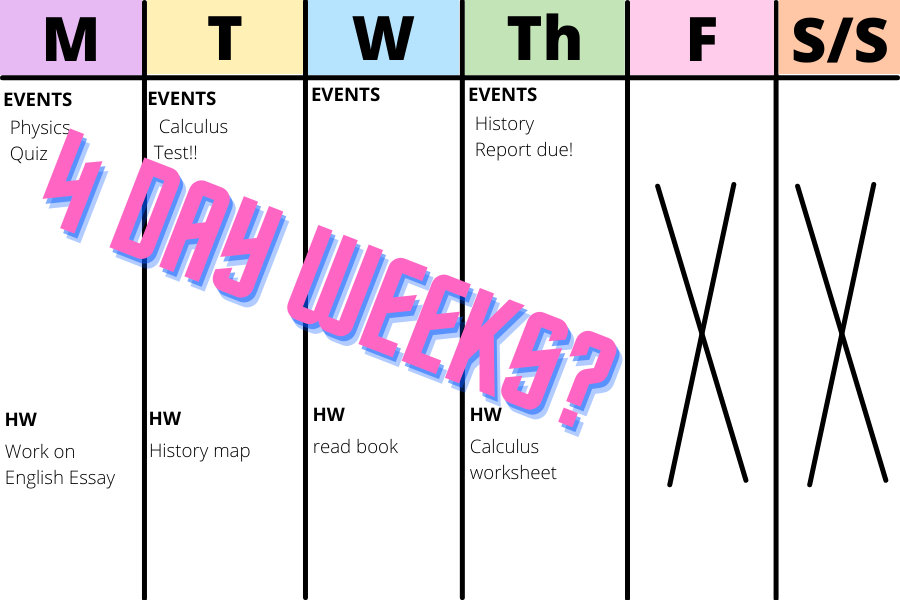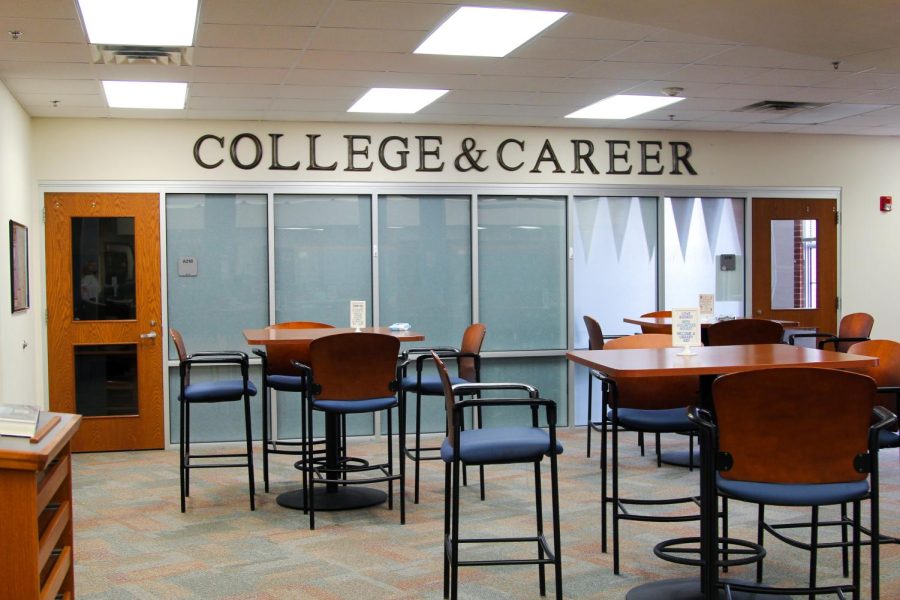The Lovejoy school board announced on Feb. 26 that they plan to cut the school day to seven periods in the middle and high school for the 2024-2025 school year. The arising issues have led to community backlash and high controversy amongst teachers and students.
The simple analysis I can provide is that the new changes, specifically the losing of an elective period is not “just good” or “just bad.” It’s an incredibly complicated situation that schools across Texas are facing, and I truly believe that the Lovejoy school board is trying their best and not aiming to harm the students, for which I commend them.
That being said, taking away an elective block is not the way to fix the economic crisis, especially at the high school level. Looking from a logistical standpoint, losing a class period takes away one of two teacher planning periods and forces teachers to teach large classes with more students crammed into them.
However, teachers will receive no additional compensation, causing Lovejoy to fall further behind the paygrade of other school districts in the area. The average Lovejoy teacher salary is 58,000 per year, while Frisco and Mckinney districts both pay over 60,000 on average. This, if the case, has led many high level and AP teachers to declare they are planning to seek work in other districts. Many speculate that LISD will hire and repurpose coaches and on-level teachers to teach the AP classes in order to maintain a smaller staff size which, again, if true, could sacrifice the quality of the education that high-aiming students might receive in their classes, and it leads many to question the districts standards of academic excellence.
The question about the location of the district’s priorities was posed by many at the board meeting and many within the community. It’s no secret that Lovejoy has recently invested a lot of money into athletics with new personnel seemingly being brought on every day, while fine arts and other electives are often having a hard time affording new equipment. If the money isn’t going to teachers salaries, internal improvements, or funding new class materials, it begs the question of where exactly is it going? With the loss of an elective period, it is more difficult for students to be well rounded and engaged in their community, a key part of the Lovejoy Graduate Profile.
On a more personal level, many high achieving and AP or dual credit students are losing opportunities to take classes, forcing them to make difficult decisions. In my case, I was originally planning on taking six periods worth of AP classes, as well as Athletics and the school newspaper my senior year. I have been in Spanish classes for all twelve years of my schooling, in the newspaper for five years, and in track for six. Due to the cut in the school day, I am now forced to pick between three things I love doing and a class I need to take. How do I decide what to give up? Any way you spin it, I lose the chance to do something I love, and that to me is something I never expected at Lovejoy.
However, losing an elective is truly not the end of the world, and playing the victim in the situation truly does nothing to help our cause. The majority of other school districts offer six or seven period days, so while Lovejoy may no longer be ahead, we certainly are not behind. This past weekend, Richardson ISD announced the closing of five campuses.
Lovejoy’s problems stem from very real attendance and enrollment issues, as we graduate large senior classes and enroll historically small kindergarten classes, causing us to lose funding at the elementary levels. Similarly, we face a daily attendance crisis because students often simply choose not to attend class or arrive late which takes money away from the district. The seven period day is believed to increase attendance and allow students to spend more time in each class, as well as allow fewer classes to take place at one time helping control the number of teachers the district needs to hire.
The problems the district is facing, while partly due to poor economic choices the district has made, are mostly because of decisions made at the state level. The Texas State Government currently has a 37 billion dollar reserve that was supposed to be given to schools to handle inflation, but it was voted against.
According to the email Superintendent Katie Cordell sent out following the meeting on Monday, “By the next regular legislative session in January of 2025, Texas public school districts will have been operating for six years without an increase in the basic allotment per student funding.”
Another thing that hurts Lovejoy’s cause for monetary grants is the fact that we are a single school district, and due to the rising enrollment crisis, Lovejoy is no longer considered a “fast growing” district. Without restrictive schedule measures, along with other cost reducing efforts, Lovejoy could face bankruptcy in a short two years.
So while economic changes undoubtedly need to be made, immediately implementing the 7-period day isn’t the solution. With that said, there are a lot of things the district can do to increase attendance, reduce spending, and still ensure the quality of education that the students are getting.
Primarily, as new teachers and athletic staff are being brought on, we need to ensure that we are hiring teachers that can coach as an added benefit, not coaches that can teach as an added benefit. There are teachers within the school that are willing to help with extracurricular activities, but the priority is and should be education.
Furthermore, I firmly believe that the Lovejoy community is willing to donate money to help with the funding issues. However, if the school wants to raise funds, they need to be clear about what they’re going to; provide a statistic or direct cause and effect like “every 1000 dollars funds two students in the band.” With the included information, I believe the community would be willing to aid.
The seven period day isn’t a bad idea by any means, but it’s untested and isn’t guaranteed to help the attendance issues. First, it should be implemented in the intermediate and middle schools before it is implemented in the high school, where these elective credits actually matter. If successful, by the time the middle school students reach high school, the change will be less dramatic and it will be easier for them to adjust to.
However, if you deeply oppose the seven period day, there is no good that comes from doing nothing. Sign petitions, vote for people that favor funding education and students, if you can vote, and raise money to help the school. Voices and votes have power, and while the changes on the high level can be difficult, sitting by and watching does us nothing.
While the seven period day hurts people like me, it will hopefully help raise funding for the school, if it is done correctly. In order to ensure the success of the new schedule, the school needs to guarantee that school staff is qualified and quality is prioritized, so that academic success and integrity aren’t sacrificed as a consequence of lack of funding.























